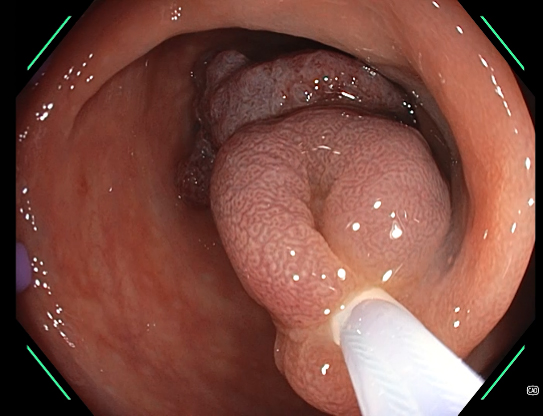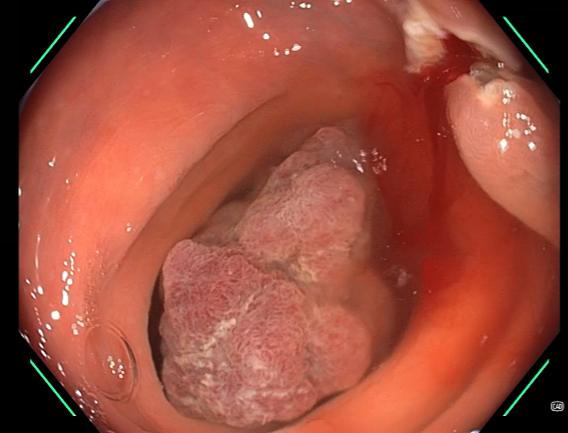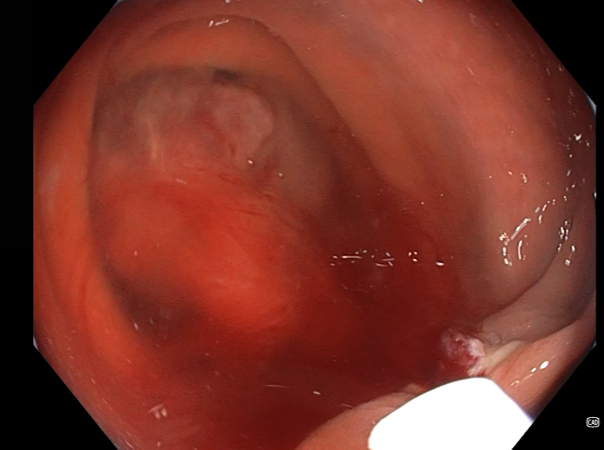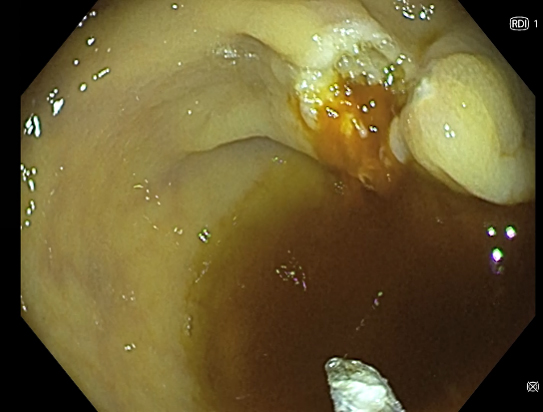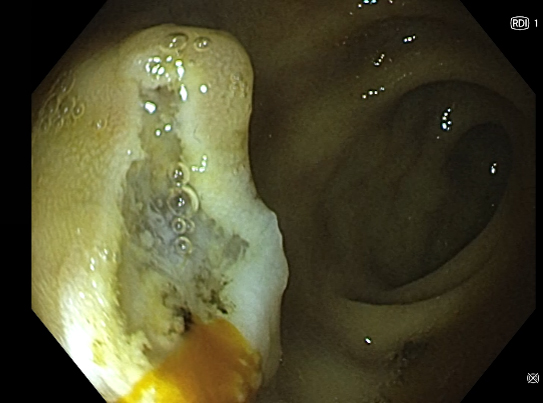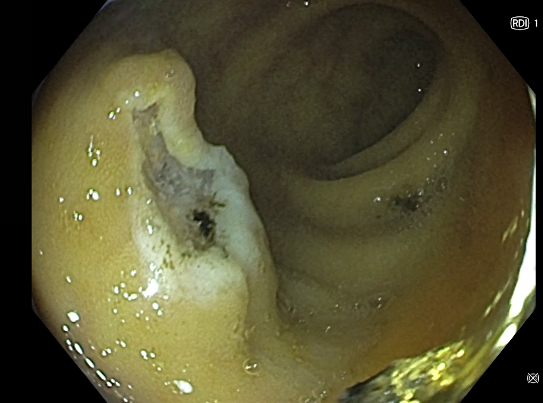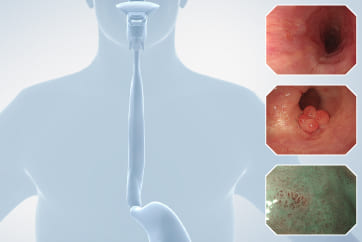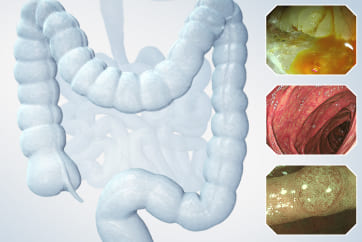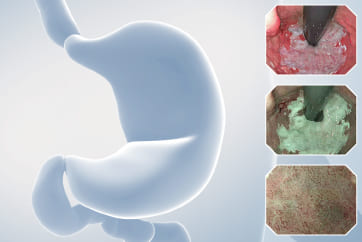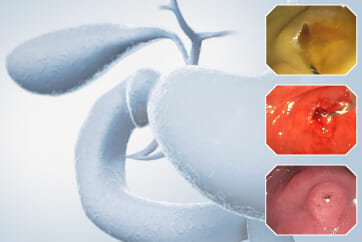Colorectal Case 28

Mr. Peter Borch-Johnsen
RN, M.Sci, PhD- Student
Department of Medicine
Ersta Hospital
Department of Medical Sciences
Uppsala University
Disclaimer:
RDI™ and NBI™ technologies are not intended to replace histopathological sampling as a means of diagnosis
The positions and statements made herein by Dr. Borch-Johnsen are based on Dr. Borch-Johnsen experiences, thoughts and opinions. As with any product, results may vary, and the techniques, instruments, and settings can vary from facility to facility. The content hereof should not be considered as a substitute for carefully reading all applicable labeling, including the Instructions for Use. Please thoroughly review the relevant user manual(s) for instructions, risks, warnings, and cautions. Techniques, instruments, and setting can vary from facility to facility. It is the clinician’s decision and responsibility in each clinical situation to decide which products, modes, medications, applications, and settings to use.
The EVIS X1™ endoscopy system is not designed for cardiac applications. Other combinations of equipment may cause ventricular fibrillation or seriously affect the cardiac function of the patient. Improper use of endoscopes may result in patient injury, infection, bleeding, and/or perforation. Complete indications, contraindications, warnings, and cautions are available in the Instructions for Use (IFU)
1)Data on file with Olympus (DC00489968)
Scope: PCF-HQ190l
Organ: Colon, sigmoid
Patient information: N/A
Medical history: N/A
Case Video
An approximately 20 mm pedunculated polyp (Paris Ip, JNET 2a) at the distal sigmoid with a slightly eroded and irregular surface due to friction caused by a high peristaltic activity at this level. Underwater colonoscopy causes the polyp to lift up and can be easily captured with the snare. Polypectomy was performed in air phase (Co2). Diathermia resection went rather fast resulting in a pulsating bleeding. RDI™ technology mode 1 made the bleeding easy to detect and coagulate. RDI™ technology reduced the time to manage the bleeding avoiding major complications.
Overall Comment
RDI™ technology mode 1 seems to enhance the visibility of the bleeding source making hemostasis quick and easy.1 It also may help to reduce the stress on the endoscopist.1
* Specifications, design and accessories are subject to change without any notice or obligation on the part of the manufacturer
Prof. Yoji Takeuchi Case 31: Multiple lesions in ascending colon
Prof. Dr. Hu Xiao
- Keyword
- Content Type

